Internet Chinese Festival · Mid -Autumn Festival 丨 Bronze Mirror Mid -Autumn Festival
Author:Sichuan Observation Time:2022.09.10
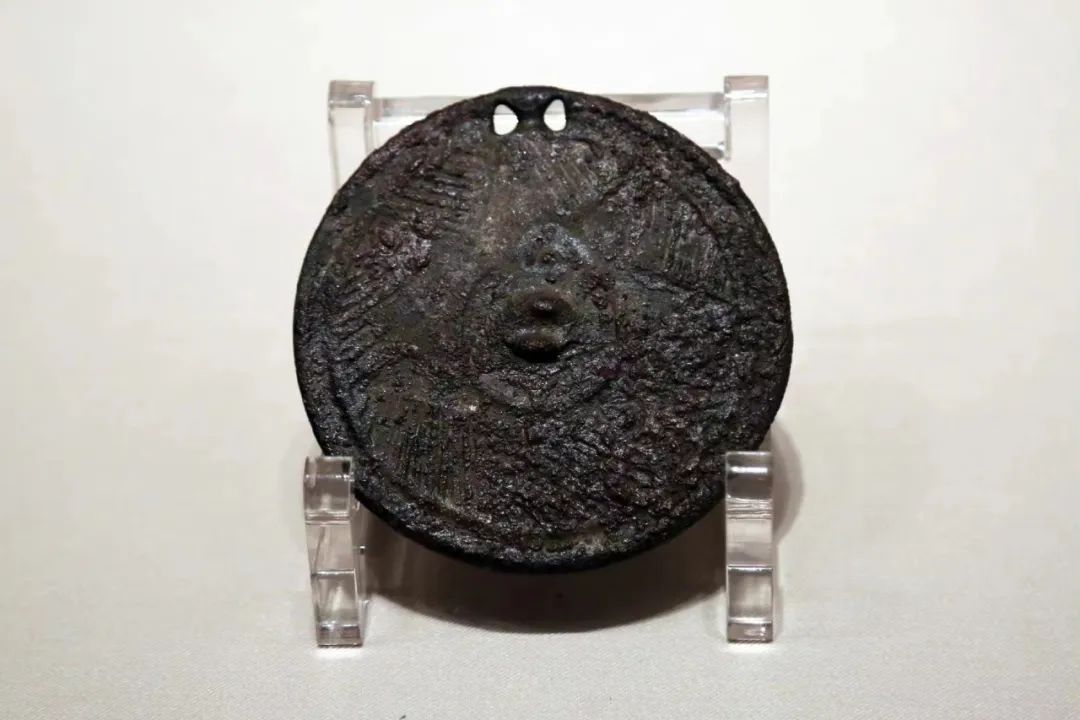
Seven Star Tattoo Bronze Mirror Qi Jia Culture During the Qinghai Provincial Museum
"Flying the sky mirror under the moon, the clouds of the sea." "When the mirror is out of the box, the moon is like the moon." The mirror is linked.
Taking archeological empirical as an example, the production of ancient copper mirrors in my country dates back to the Qi family culture period 4000 years ago. The development of copper mirrors has three peaks in Chinese history, namely the Warring States Period, the two Han and the Tang Dynasty. Among them, the Tang Dynasty bronze mirror was the peak of art. Not only the rich and diverse shape, the update of its material technology and the improvement of artistic beauty are also better. The "Moon Gong Mirror", the ingenious character story mirror that combines the mirror moon, is also from the hands of the ability of the Sui and Tang dynasties.
Today, let's take a look at a few distinctive moon mirrors!
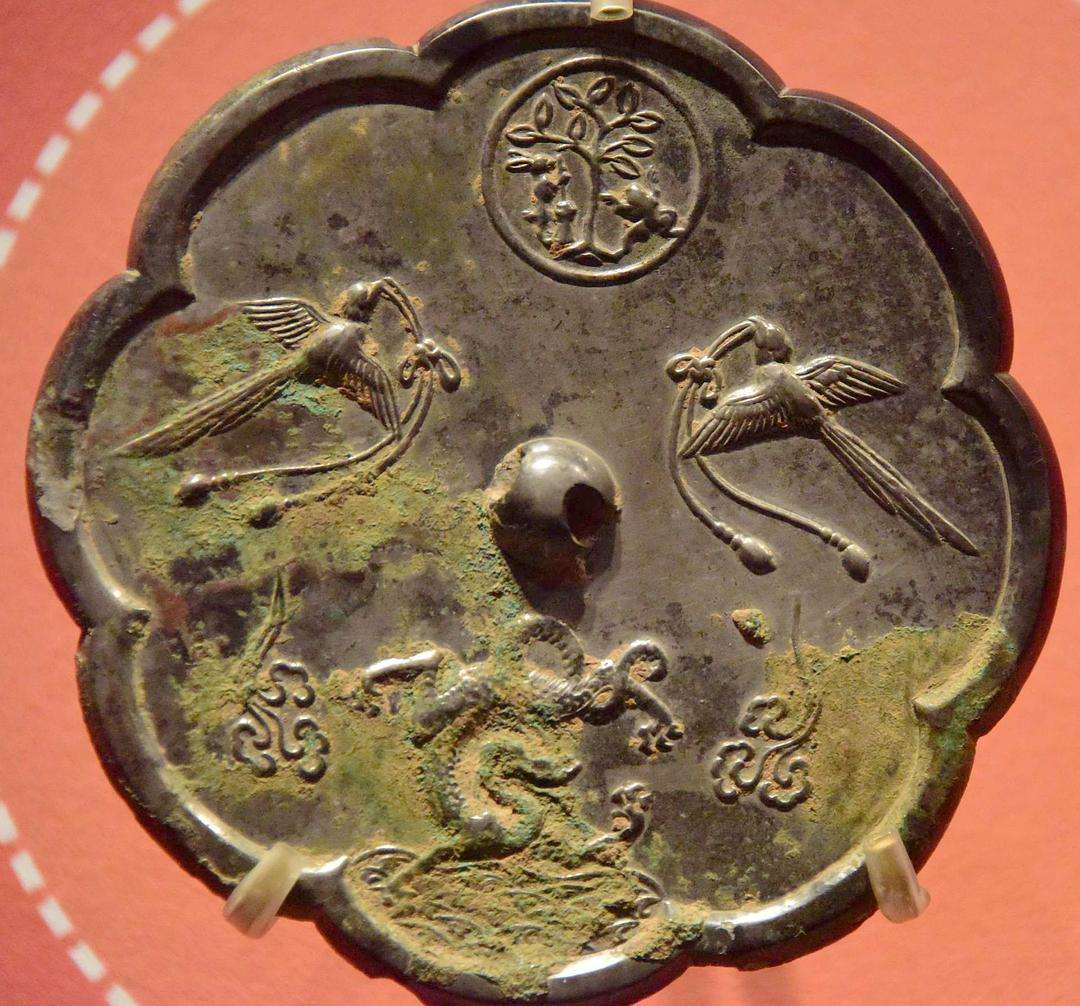
Shuangyu Moon Palace Sunflower Mirror Tang Dynasty Hidden in the History Museum of Shaanxi Province
In the early days of the development of Moon Palace Mirror, Moon Palace images were only part of the overall pattern of the bronze mirror. For example, this Tang Dynasty Shuangyu Moon Palace sunflower mirror. The mirror is sunflower -shaped, round buttons, and two birds left and right, flying to the moon -shaped palace. A dragon jumped out of the sea, with a Xiangyun on both sides. Niu Zheng was the moon palace, with cinnamon trees and campaign jade rabbits and jumping toads. The overall pattern is simple and simple. Some scholars believe that the birds in the mirror are double -crickets, which means noble meaning.
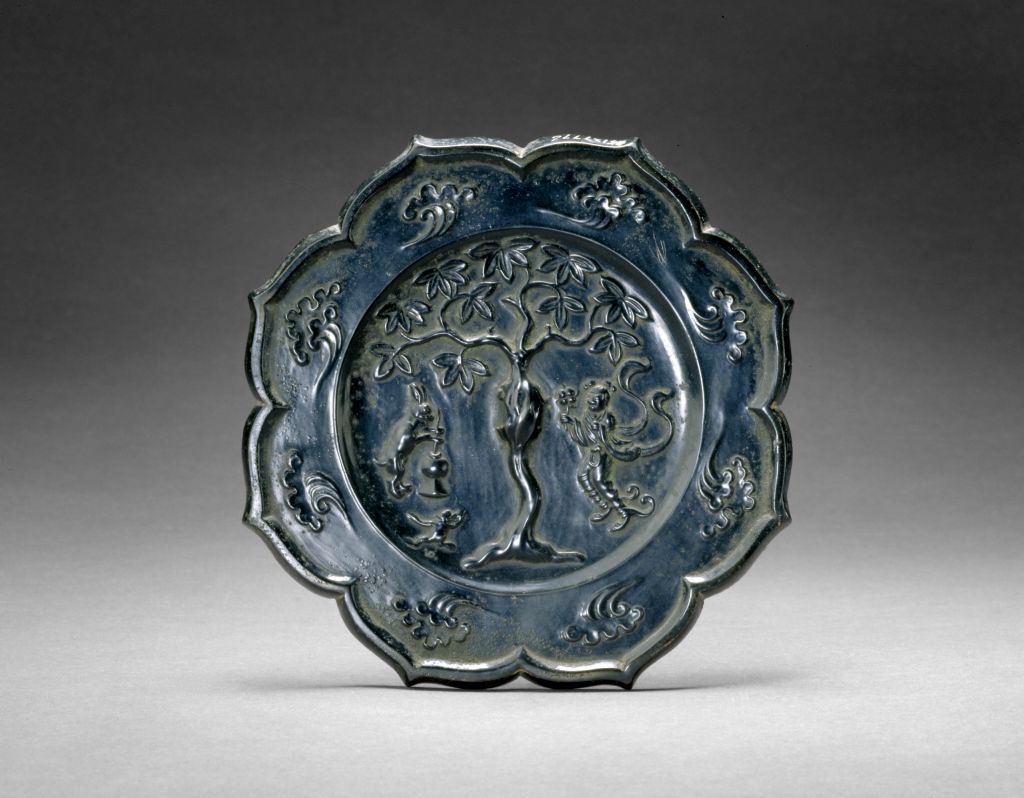
Moon Palace Mirror Tang Dynasty hidden in the Shanghai Museum
Slowly, the image of the Moon Palace gradually develops into the main pattern of the bronze mirror, and its decoration is usually related to the myths circulating in the folk, such as Chang'e to run the moon and the jade rabbit. Therefore, elements such as Chang'e, Jade Rabbit, toad, osmanthus tree are common on the mirror. This moon mirror in the Shanghai Museum is an eight -petal rhombus, with a concave inner area of the back, decorated with convex carving moon palace maps. On one side is Chang'e's sleeve dance, the other side is a white rabbit medicine, and a toad is made into a jump.
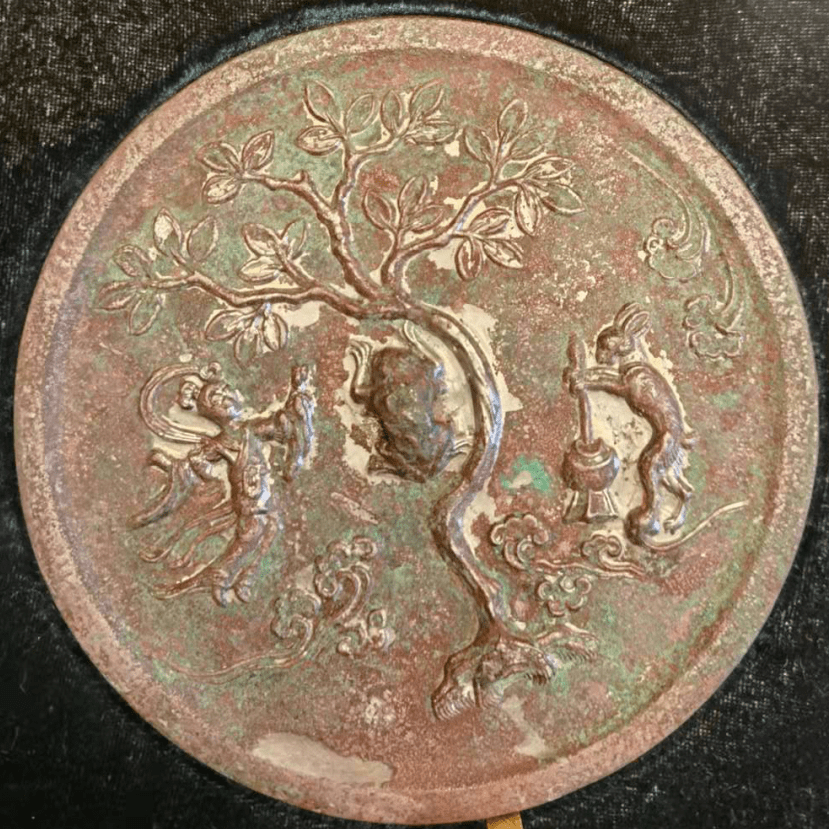
Chang'e Jade Rabbit Bronze Mirror Tang Dynasty was hidden in Xi'an Datang West City Museum
In fact, the prevalence of folk stories such as Chang'e running the moon and jade rabbit pounding may be related to the popular Taoist culture in the Tang Dynasty. On the occasion of Qin and Han dynasties, Huang Lao Dao's family admired Huang Di Lao Tzu as the prior king, which was similar to the Confucian Yao Shun Zhou Li. In the Tang Dynasty, the royal family of Li Tang was named Taishang Laojun because of the same surname. As we all know, in the Taoist system, "God" and "Immortal" are two types, and people can become immortals through practice. The Emperor of the Tang Dynasty also admired Taoism by this concept and rushed on the road of pursuing long -generation immortals. The upper is good, and it will tend. This type of Moon Mirror, which seemed to be immortal, naturally became the "explosive model" at that time.
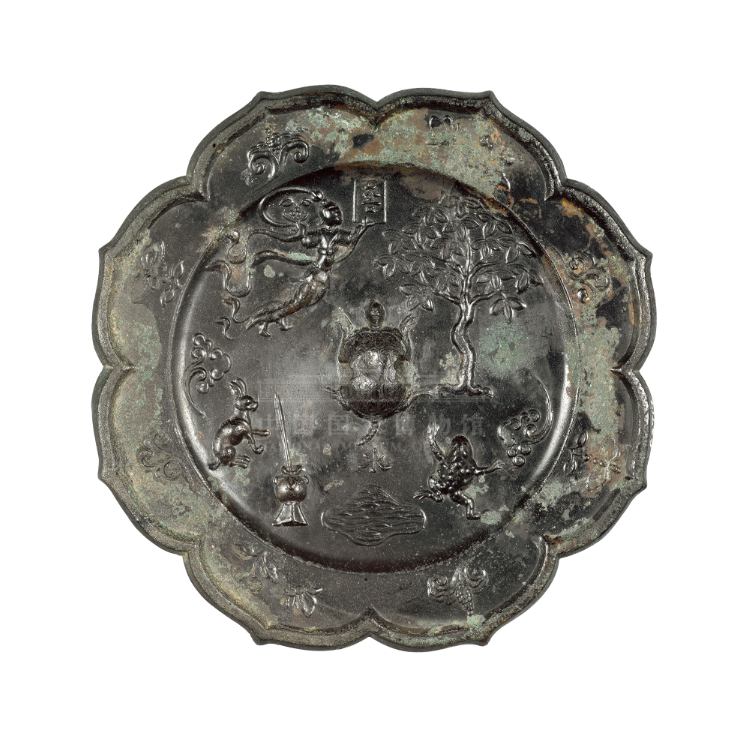
"Daji" Chang'e Moon Palace Lord Copper Mirror Tang Dynasty was hidden in the National Museum
Before the Tang Dynasty, the bronze mirrors were mostly round or square, and fancy mirrors began to become popular in the Tang Dynasty. Among them, the diamond flower shape was the most distinctive. This eight -petal diamond -shaped "Daji" moon palace mirror, which is now hidden in the National Museum, is quite interesting. The mirror is eight rhombus mirrors and turtle buttons. There is a circle of string patterns to divide the back of the mirror into two districts inner and outer. The inner area is a long mood scene. The left side of the mirror button is the empty Chang'e. She is wearing a skirt, elegant, dancing, and fluttering behind her back. She held a fruit plate in one hand and held a book with the word "Daji" in one hand. There is a pool of water below the mirror button, and on the left is the jade rabbit with pestle pestle, and the right side is a jumping toad. There are butterflies and rolled grass patterns in the outer area. "Da Ji" means Da Jiwei, and the meaning of slowly patterns plus blessings. This mirror is really full of blessings.
In fact, the Mid -Autumn Festival is generally considered in the Tang Dynasty.
It is said that in August 15th of the sixth year of the Tang Dynasty, Tang Xuanzong Li Longji appreciated the moon in the palace. That night, the moonlight was like silver, and the scenery of Wanli and the Bi Bi made the Emperor Xuanzong's minds, and wanted to visit the moon palace. So he called the national teacher Ye Fanshan to help, and the national teacher then cast Li Longji to the Moon Palace to travel. During the period, all kinds of wonderful experiences made him linger. Later, the "Nigerian Yu Yifu", which was spread throughout the world, is said to be the immortal sound he brought back from the Moon Palace. This is the "Tang Ming Emperor Tour the Moon Palace".
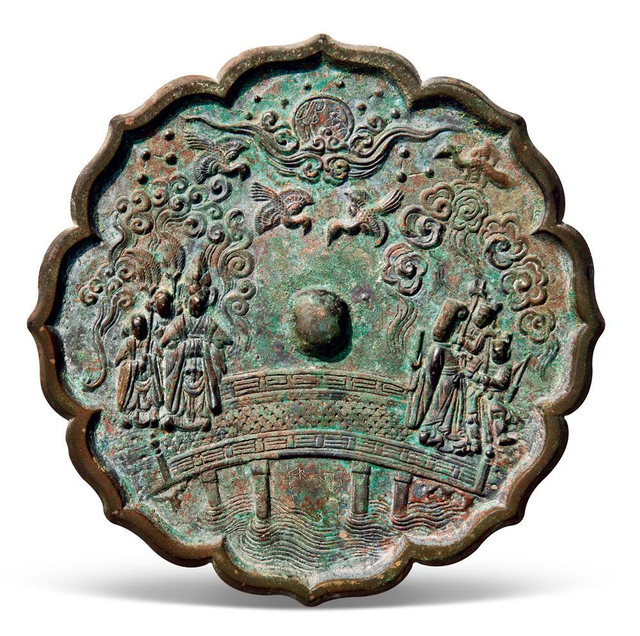
Tang Wang You Yuegong Linghua Mirror Song Dynasty
It is estimated that Li Longji's unexpected is that one day he will become the protagonist of the Moon Mirror. This copper mirror of the Song Dynasty was the moon palace mirror produced by the Song Dynasty based on the "Tang Wang You Moon Palace". On the top of the mirror button, the auspicious cloud supports the sun map, the left and right sides are the star pattern, and the four cranes are danced. The underline is decorated with a back -line guardrail arched bridge. The person wearing a high -crowned hat on the right bank was Tang Minghuang, who had a guard with a weapon behind him. The clouds above the clouds are surrounded by the river under the bridge. Chang'e Fairy and the two maids who were holding a maid attracted Tang Ming emperor on the other end of the bridge.
Of course, folklore is ultimately folklore. At present, scholars generally believe that the Mid -Autumn Festival is derived from the worship of Tianxiang, which has evolved from the ancient autumn Festival sacrifice. However, in the Tang Dynasty became the official national festival, "Tang Shu · Taizong Ji" recorded the "August 15th Mid -Autumn Festival". At that time, the Mid -Autumn Festival's customs were extremely prosperous in Chang'an. Many poets had the verses of the moon, and the romantic Tang Dynasty gradually emerged to play the wind of playing the moon. According to the "Old Tang Book · Xuanzongji", the popular Mid -Autumn Festival today and the gift of moon cakes are from Xuanzong's birthday "Qianqiu Festival". According to reports, Tang Xuanzong's birthday was on the fifth day of August. When he was reigned, he set the three days before and after the day as the "Qianqiu Festival". There is a custom of giving each other in the Mid -Autumn Festival. Later, the Northern Song Dynasty officially set August 15th of the lunar calendar as "Mid -Autumn Festival". The Mid -Autumn Festival was gradually popular in the Ming and Qing dynasties, and the custom of eating moon cakes began at that time. This is the origin of the Mid -Autumn Festival. I wish you all a good Mid -Autumn Festival!
- END -
Douban 9.2 "Silence Like the Sea": There is only a dialogue between the male and female masters, but it is better than 98%of the love movie

The French town in 1941, a quiet night in winter.The sound of the piano under Jean...
Inherit Jinyuan Culture, serve local economy | Harbin Institute of Technology established the Jinyuan Culture Research Institute

In order to continue urban cultural blood, polish urban cultural business cards, a...